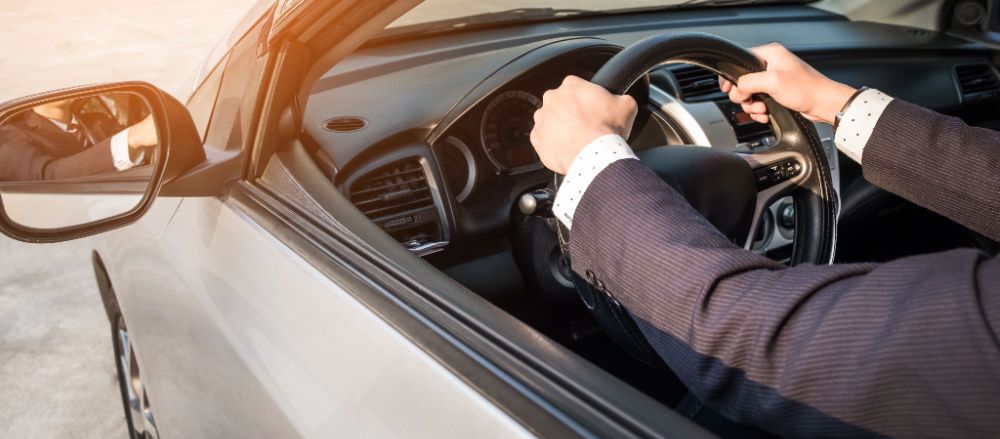A vehicle is made of many different components that support the engine to keep a vehicle running successfully. The parts that make up a vehicle are all susceptible to failure and can communicate to the driver when the performance of the part is on a decline. Some sounds are expected from a vehicle since it is a working machine that is constantly being started and shut off, accelerated, and braked, turned, and reversed, as well as many other actions. There are normal noises for a working vehicle, and then there are abnormal noises. Here is a detailed list of possible noises, what parts these noises may be coming from, what could be the issue, and what repairs may help.
Whining Noises:
When Turning
If there are any whining noises in a vehicle during operation, it could be due to various possibilities. For instance, whining noises when turning can be an indication that there is an issue within the steering column. Maybe the steering belt is performing poorly, is loose, or is torn. There is also the possibility that the steering system lacks the appropriate or recommended amount of fluid. The repairs for this issue could be having the steering column inspected thoroughly to reveal if the components in the steering column need to be replaced entirely or if something as simple as having fluids topped off is the best solution.
During Acceleration
Whining noises when the driver attempts to accelerate the vehicle can correlate to an issue with the transmission. Transmission issues can derive from little to no transmission fluid to worn-out gears. These issues could be simple to fix by taking the vehicle to a professional technician to replace the gears using top-of-the-line parts or getting some maintenance services performed by receiving proper fluid replenishment.
While Idling
A vehicle's engine is designed to maintain production even if the vehicle's wheels aren’t turning. This stage is called idle. While a vehicle is idling, the engine is running and working non-stop. It is normal to hear the engine while in this stage, but some noises can indicate that the engine is struggling to perform correctly. If the vehicle begins whining while stationary, it could be because the engine needs an oil change. After all, oil changes are the lubrication the engine needs to perform at maximum level. Without it, the engine could give out completely or break down to protect itself. There is also the possibility that whining noises while idling is because the valves are stuck and need some adjusting which is a simple fix. Lack of oil can cause irreversible damage in the long run if there is a pattern of lack of maintenance. It is highly recommended to have fluid services like oil changes done on time to prevent issues with the engine and its parts.
What are some other audible abnormalities?
There are plenty of other noises that a vehicle may make to communicate that there is an issue with one or more of its vital parts; here a three common sounds. These noises should never be ignored because although they may start off as easy-fixes or replacements, ignoring the signals that a vehicle makes for too long can revert to costly repairs.
Knocking, Popping, or Banging
Some common causes of knocking can be because low-octane gasoline resides in a vehicle engine, although it requires high-octane gasoline. A simple mistake such as this causes the engine to respond negatively, which will reflect in its performance during every ride. To fix this problem, it is vital to ensure that proper fluids are placed where they should be every time.
Squealing or Chirping
Brakes are vital for the safety of every driver and passenger. Noises such as squealing can come from brakes, revealing that either the brake pads, brake rotors, or brake shoes will need to be replaced. Expert technicians recommend regularly inspecting brakes to make repairs or replacements on time.
Clicking or Tapping
When the sound of clicking or tapping is indicated during operation, it could be coming from the CV joints. The CV joints connect the vehicle's transmission to its wheels. The transmission helps with controlling and maintaining speeds for the driver. If either one of these components isn't working correctly, it lessens the vehicle's ability to get the driver from point A to point B. CV joints are easy to tend to since you can only replace them. Issues with the transmission can require replacement or even a complete rebuild.
When noises are trying to alert the driver that there is in issue it is critical for the safety of the driver and the health of the vehicle that these signals be inspected immediately so that repairs or replacements are performed following.

